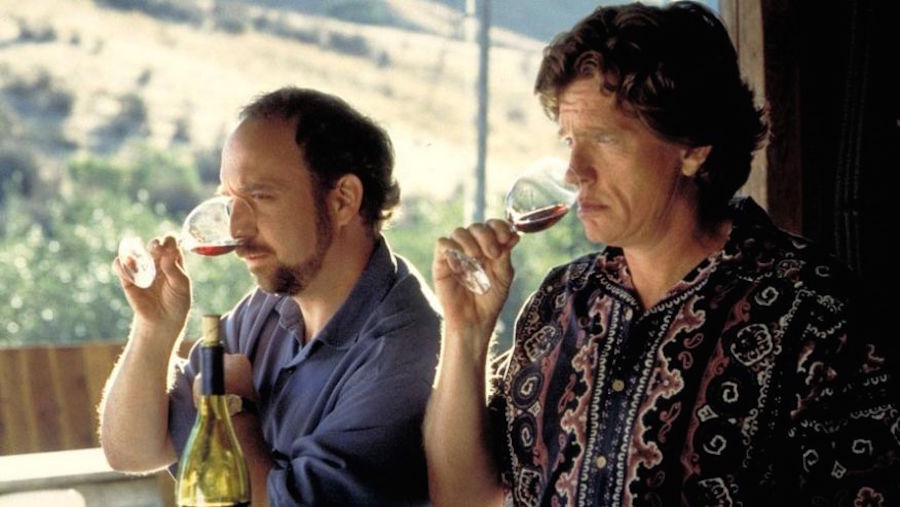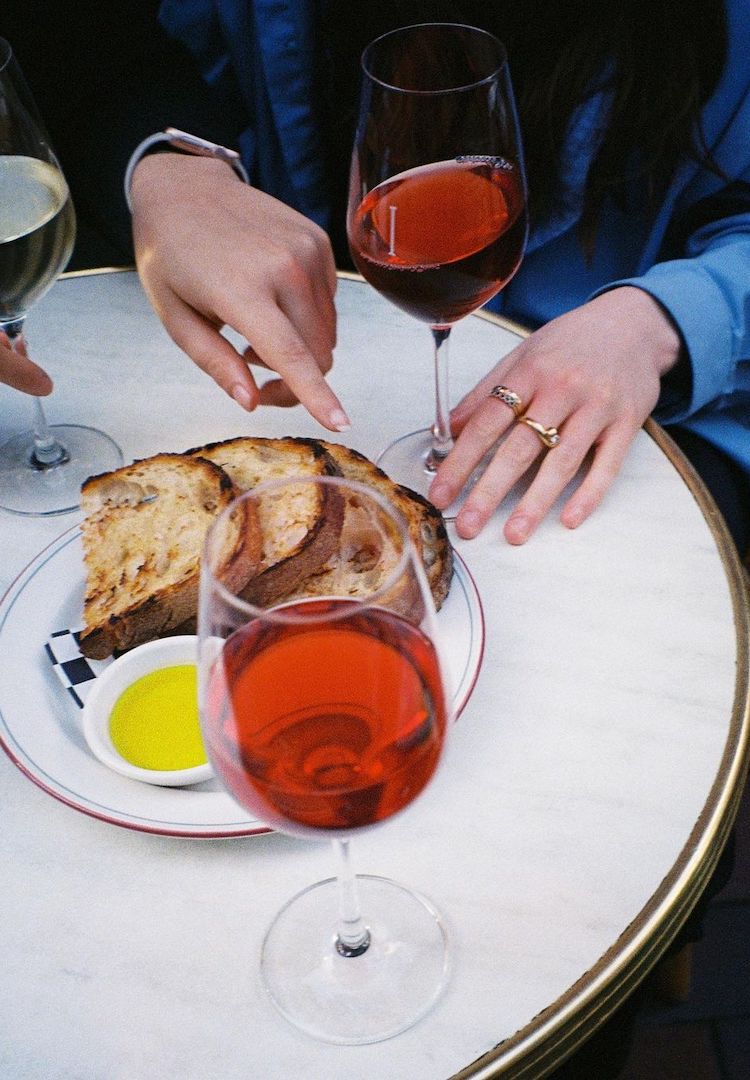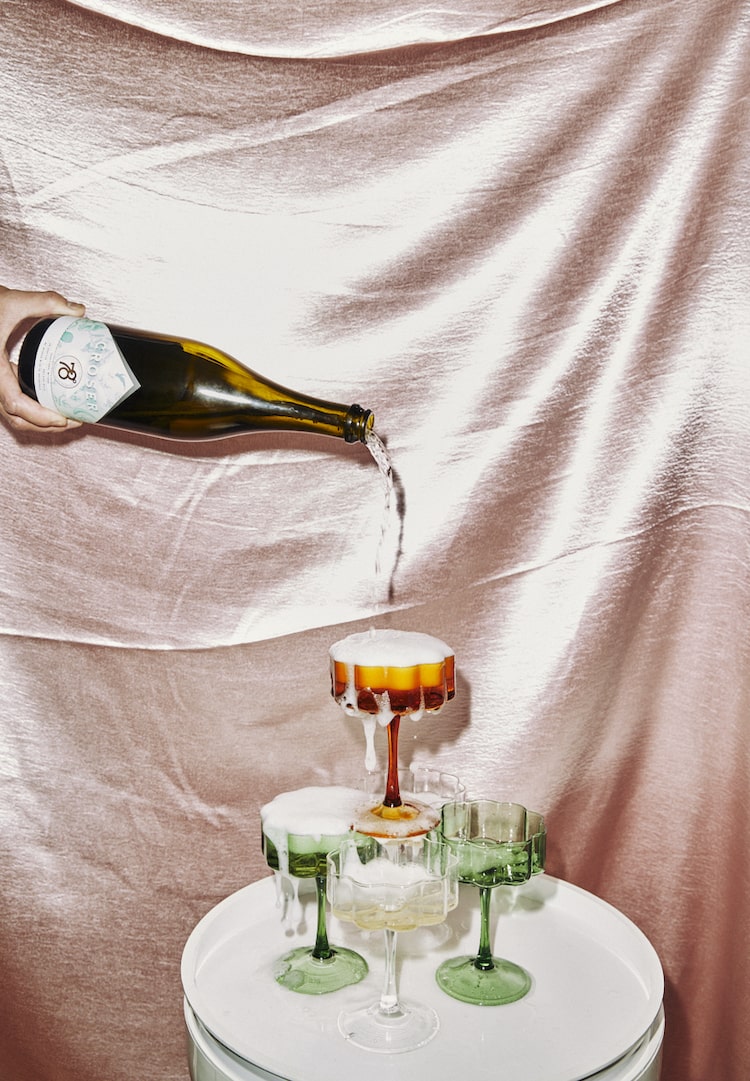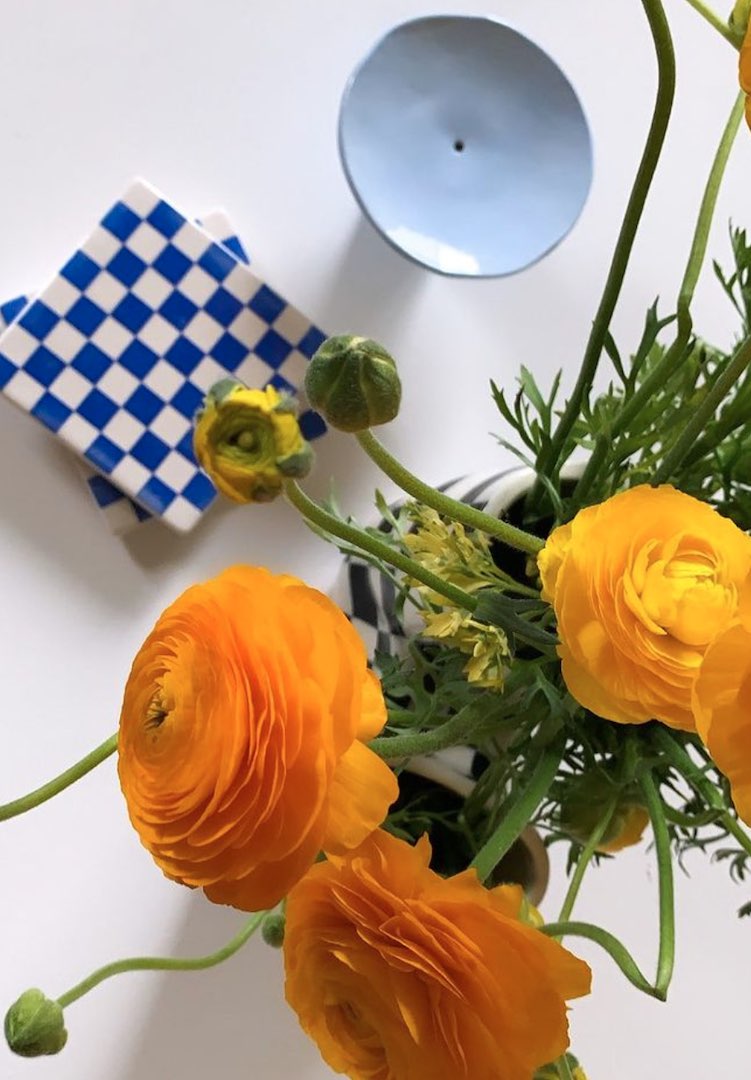Vino 101: A beginner’s guide to wine
Stop pretending like you know.
Wine. We all know it; we don’t all know what it means.
If your knowledge about wine extends to a Step Brothers quote about a “Catalina Wine Mixer” you might be in the same boat as us. I don’t know about you, but I consider wine to be a sophisticated topic, and with it comes a certain façade where I pretend to be sophisticated too.
To help you out, we decided to write a guide that can help you ooze class and knowledge at your next wine-related occasion.
The Basics
Firstly, there are two obvious umbrellas that wine can fall under. Red and White. Hopefully you are still with us.
Different types of wine fall under these umbrellas, with each made from a different type of grape. For example, Sauvignon Blanc is made from a different grape to a Pinot Gris. Cue embarrassed nods of realisation because omg duh, that makes so much sense.
The Lingo
Before we continue, we’ll need a crash course on the lingo. This will make it less embarrassing when you ask for a recommendation for your next vino. Saying you want something sweet and but not too sweet doesn’t exactly make you sound like the wine connoisseur you’re pretending to be. Here are a few common terms you’ll come across and what they actually mean.
- Body: The weight of the wine in your mouth. For example, if wine is light-bodied it means it’s going to go down like water. When dropping this one in conversation refer to wine as light-bodied, medium-bodied or full bodied. It’s also usually attributable to the wine’s alcohol content.
- Dry: In winespeak, this is the opposite of sweet. And yes, sweet is an ok to term to use when describing wine.
- Crisp: This refers to the wine’s acidity and its mouthfeel (a.k.a. how it feels in your moth). It’s generally more relevant in white wine, so pls don’t sip back on a red and exclaim “oh, that’s so crisp.”
- Soft: Opposite to crisp.
- Finish: A fancy wine word for aftertaste. It’s also an indicator of the wine’s quality. Longer finish = better quality.
- Fruity: Fortunately, this does in fact means it tastes fruity. But it’s worth noting that fruity doesn’t necessarily equal sweet.
- Oaky: Similar to smoky or toasty. Tastes like it’s been sitting in an oaky barrel (which it has).
Now that you have the lingo down, you’ll need to work out what sort of wine you like. We’ve listed the main ones below in order of body (eh? eh? See what we did there?) from lightest to heaviest.
The Reds
There are six major types of red wine.
Pinot Noir: Pronounced “Pee-know Na-Whar”
This grape is particularly difficult to grow making the structure delicate and fresh. Perfect for a present or to bring when you desperately want to impress someone.
Merlot: Pronounced “Mehr-loh”
Don’t let the French name fool you, Merlot is particularly easy to drink. It’s perfect for those who are dipping their toes into the wine scene.
Cabernet Sauvignon: Pronounced “Ca-burr-nay So-Veen-Yaw”
Or Cab Sav for short. If you can get the name down, this one is perfect to drop mid-conversation as one of the most recognised wine varieties worldwide.
Hint: also talk about the firm and gripping taste, underpinned by the undergoing oak treatment. (Just trust us)
Shiraz: Pronounced “Shee-Razz”
This little gem is full of versatility that pairs well with a variety of foods. It’s consistently full-bodied with jammier fruit and spice notes. Think liquorice, anise and earthy leather.
The Whites
On the other side of the spectrum sits white wines. Although a little more familiar, these grapes are still as foreign to me as their red counterparts. But onwards and upwards.
There are five major types of white wine:
Riesling: Pronounced “Rees-ling”
This wine is often dubbed the greatest white grape, being one of the oldest and sturdiest. Riesling is extremely scented, often smelling of flowers and perfume.
Moscato: Pronounced “Mos-cart-oh”
Fresh, sweet and fruity, Moscato never disappoints. This wine is best served solo, but will also pair well with desserts.
Pinot Grigio: Pronounced “Pee-Know Gree-jio”
Grigio is Italian for grey; this is an excellent fact to bring up. You can attribute this name to the colour of the grape retaining a dusty grey colour. It’s dry, one of the most popular dry white wines worldwide. And yes, this is the same as pinot gris.
Sauvignon Blanc: Pronounced “So-veen-yawn Blon”
Often shortened to Sav Blonc or simply Sav, we have three words for this vino: crisp, dry refreshing. The dominating flavours here are fruit with smoky undertones. A quality Sav has been the most popular drop going around for a while now, so if you want to look like you know what you’re talking about, Sav is your best bet. Also fun fact, they are grown in cooler climates. Just wait ’til you impress your friends with that one.
Chardonnay: Pronounced “Shar-do-ney” (Contrary to what Kath and Kim would have you believe)
Chardonnay can be served both sparkling and still, and is considered fuller-bodied. It’s the most widely-planted white wine grape in the world and Australia continues to set the standard for some of the finest Chardonnays in the world.
There you go people, Vino 101. You can think of us next time you drop a wine-related fact, but be warned about the amount of ooh’s and ahh’s you recieve from those around you.












